If the ‘Newton Effect’ in physics has an equivalent in international diplomacy, we can describe what is happening to India-Iran relations as the ‘Gadkari Effect’. Like in the case of the 18th century English scientist Isaac Newton’s optical property of physics, the minister in the Indian government Nitin Gadkari – arguably, by far the best performing colleague of Prime Minister Narendra Modi – has created a series of concentric, alternating rings centered at the point of contact between the Indian and Iranian economies.
‘Gadkari’s rings’ around the Chabahar Port in the remote province of Sistan-Baluchistan in southeastern Iran are phenomenally transforming the India-Iran relationship. The first definitive signs of this appeared in December when the quiet, intense discussions between New Delhi and Tehran under Gadkari’s watch resulted in the agreement over a new payment mechanism that dispenses with the use of American dollar in India-Iran economic transactions.
Prime facie, it was a riposte to the use of sanctions (‘weaponization of dollar’) as a foreign policy tool to interfere in Iran’s oil trade with third countries such as India. (See my blog India sequesters Iran ties from US predatory strike.)
However, the 3-day visit to Delhi by the Iranian Foreign Minister Mohammad Javad Zarif on January 7-9 highlighted that the application of the payment mechanism to the Indian-Iranian cooperation over Chabahar Port holds seamless potential to energize the economic partnership between the two countries across the board. In a historical sense, an opportunity is at hand to make the partnership, which has been ‘oil-centric’, a multi-vector ‘win-win’ relationship.
The meeting between Gadkari and Zarif in Delhi on Tuesday signaled that the two sides have a ‘big picture’ in mind. Thus, the opening of a branch of Bank Pasargad in Mumbai is a timely step. Pasargad is a major Iranian private bank offering retail, commercial and investment banking services, which provides services such as letters of credit, treasury, currency exchange, corporate loans syndication, financial advisory and electronic banking. (It is ranked 257th in the Banker magazine’s “1000 banks in the world”.) The Bank Pasargad is establishing presence in India just when the Chabahar Port has been ‘operationalized’ and a first shipment from Brazil carrying 72458 tons of corn cargo berthed at the port terminal on December 30.
More importantly, the discussions between Gadkari and Zarif have covered proposals for a barter system in India-Iran trade. Iran needs steel, particularly rail steel and locomotive engines “in large quantities, and they are ready to supply urea,” Gadkari told the media. Then, there is a proposal for a railway line connecting Chabahar with Iran’s grid leading northward to the border with Afghanistan. Zarif summed up the broad sweep of discussions this way:
“We had very good discussions on both Chabahar as well as other areas of cooperation between Iran and India. The two countries complement each other and we can cooperate in whole range of areas… We hope that in spite of the illegal US sanctions, Iran and India can cooperate further for the benefit of the people of the two countries and for the region.”
Paradoxically, the collaboration over Chabahar Port, which has been a “byproduct” of India-Pakistan tensions, is rapidly outgrowing the zero-sum and gaining habitation and a name in regional security. There are many ways of looking at why this is happening so. Clearly, both India and Iran have turned the Chabahar project around to provide an anchor sheet for spurring trade and investment between the two countries. This approach holds big promises. There is great complementarity between the two economies. Iran is the only country in the Middle East with a diversified economy and a huge market with a fairly developed industrial and technological base and agriculture and richly endowed in mineral resources. It is an oil rich country and the needs of Indian economy for energy, of course, are galloping.
Second, Chabahar Port can provide a gateway for India not only to Afghanistan and Central Asia but also to Russia and the European market. Logically, Chabahar should be linked to the proposed North-South Transportation Corridor that would significantly cut down shipping time and costs for the trade between India and Russia and Europe.
Thus, it falls in place that the Trump administration, which keeps an eagle’s eye on Iran’s external relations, has given a pass to the Indian investment in Chabahar. Prima facie, Chabahar Port can provide access for Afghanistan to the world market and that country’s stabilization is an American objective. But then, Chabahar can also provide a potential transportation route in future for American companies trading and investing in Afghanistan and Central Asia.
According to a Pentagon task force set up to study Afghanistan’s mineral wealth, that country is sitting on untapped rare earth and minerals, including some highly strategic ones worth at least 1 trillion dollars. Indeed, President Trump has pointedly spoken about it to rationalize the US’ abiding business interests in Afghanistan. Now, from indications od late, conditions have dramatically improved for an Afghan settlement that provides for enduring US presence in that country.
We must carefully take note that Iran is in effect supplementing the efforts of Pakistan and the US to kickstart an intra-Afghan dialogue involving the representatives from Kabul and the Taliban. Importantly, China has also adopted a similar supportive role. A high degree of regional consensus is forging that security and stability of Afghanistan should not be the stuff of geopolitical rivalries.
The bottom line is that Iran’s own integration into the international community, which the Trump administration is hindering, is inevitable at some point sooner than we believe. The disclosure that behind the cloud cover of shrill rhetoric against Iran, Washington secretly made two overtures to Tehran recently to open talks shows that Trump himself is looking for a deal to get out of the cul-de-sac in which his Iran policies have landed him.
Washington cannot but take note of the constructive role that Tehran is playing on the Afghan situation. (Interestingly, Zarif and Zalmay Khalilzad, US special representative on Afghanistan who go back a long way, have paid overlapping visits to Delhi.) There is an influential constituency of strategic analysts and opinion makers within the US already who recognize the geopolitical reality that American regional policy in the Middle East will forever remain on roller coaster unless and until Washington normalizes with Tehran. They acknowledge that at the end of the day, Iran is an authentic regional power whose rise cannot be stopped.
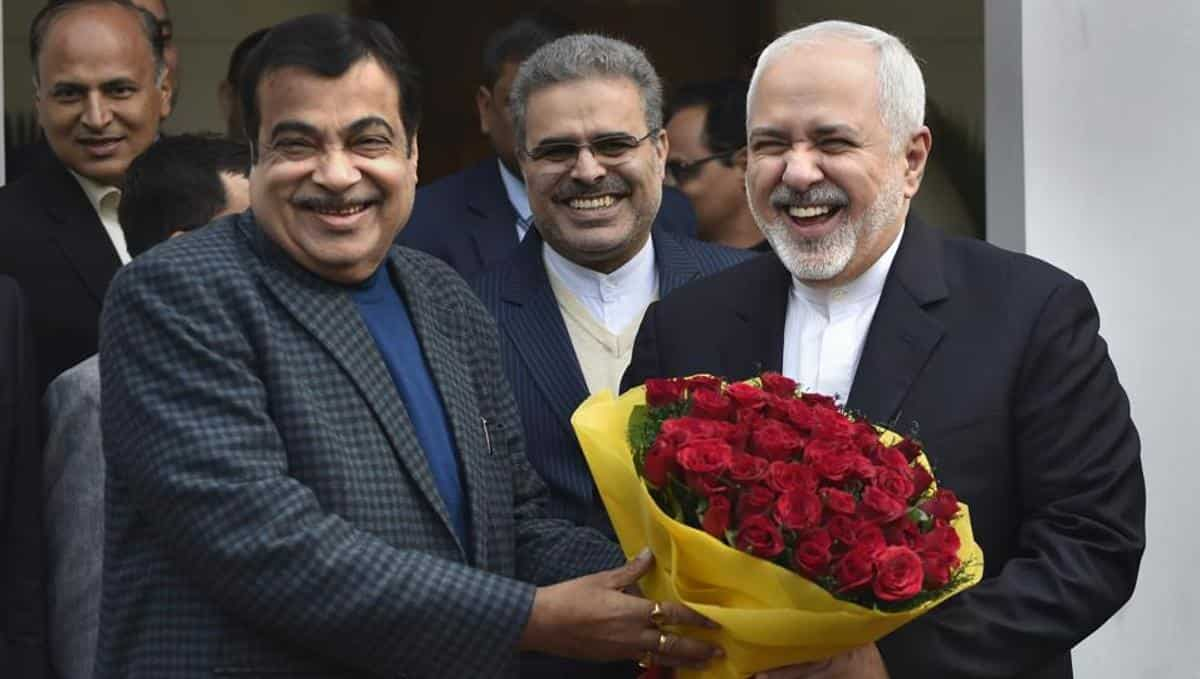
From such a perspective, what Zarif’s discussions in Delhi underscore is that while Iran is keeping its end of the bargain in the 2015 nuclear deal, it is incrementally defeating the US’ “containment strategy” by its variant of “ostpolitik”, focused principally on three friendly countries – Russia, China and India. This is where much depends on the Indian ingenuity to create new webs of regional partnerships. There are tantalizing possibilities. Remember the 3-way Moscow-Baghdad-Delhi trilateral cooperation in the bygone Soviet era? That is only one model of how the three big countries – Russia, India and Iran – can have common interest to create sinews of cooperation attuned to Eurasian integration. It is a rare convergence since there are no contradictions in the mutual interests of the three regional powers.
The Indian diplomacy must come out of its geopolitical reveries and begin working on the tangible and deliverable. That will make our foreign policy relevant to our country’s overall development. Gadkari has shown how geo-economics makes brilliant, purposive foreign policy. Equally, he followed up diligently what needed to be done to get Chabhar project going so that an entire architecture of cooperation can be built on it. Zarif’s extraordinary remarks testify to it. Even a hundred theatrical performances on the Madison Square Garden wouldn’t have achieved such spectacular results in a short period of time.
Source: The Indian Punchline
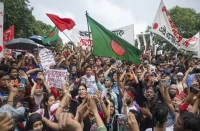
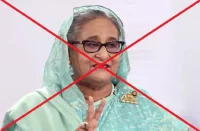
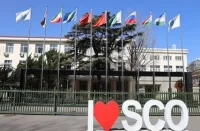



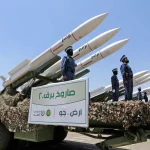







What is Modi doing to India ?
People of Hindoosthan have to understand that GOI is bankrupt,Banks are bankrupt.Therefore,the GOI HAS TO privatise and outsource – NOT TO RAISE CAPITAL – but to DOWNSIZE STAFF FOREVER.Those Jobs will go forever. dindooo hindoo
The Methodology is Simple – Take Banks,ports,Hotels … of GOI.`1st the GOI destroys these PSUs,by corruption and mismanagement and overstaffing – and then PAID NEWS IN THE BANIA MEDIA – HIGHLIGHTS THE “OPPORTUNITY” to PRIVATISE, and that the savings will be used for GAU MATA.Then comes in the “INDIAN CONSULTANT”, who is paid a bribe to make a PRIVATISATION RECOMMENDATION.
Then ANOTHER CONSULTANT IS HIRED,FOR RFQ/RFI/RFP,to rig the tender in favour of the pets of Chaiwala and Fat Pancho – Amit Shah.
Another SOP of Chaiwala ! Set up a sea port where there is NO SEA or an AIRPORT where a plane CANNOT LAND.So it will make losses. Losses are good,as it ENSURES THAT NO STAFF IS HIRED (which is a good excuse NOT TO HIRE).Then privatise – FOR THE REAL ESTATE.
FOR THE PSUs which are NOT privatised,the GOI INCREASES THE QUOTAS,BUT ALSO THE QUALIFICATIONS,AND THESE JOBS ARE NEVER FILLED (as the Dalits have no education and cannot pass or meet the standards). Total Job Destruction !
Then we come to the Banks,which are bust.What does the GOI do ? Demonetisation of deposits – through sleight of hand. 1st, REDUCE SAVINGS BANKS INTEREST RATES,so the BANKS GET RECAPITALISED BY PROFITS,and the POOR DEPOSITOR GETS NIL REAL INTEREST,AS THE “TINA” OPTION comes in.The Option is the DISASTER OF CHIT FUNDS & CO-OPERATIVES !
By lowering bank savings interest,the govtt and corporate borrowing costs ALSO REDUCE.Corporate profits rise and the tax thereon,FLOWS TO THE GOI
SME and SME jobs ARE DESTROYED by GST and DEMO – as a part of a plan.EVEN COVID is AN OPPORTUNITY FOR THE STATE TO DESTROY SME.SME ARE A BURDEN ON POWER INFRA AND TAX INFRA.They pay No tax (GST and Profit Tax),No power,No PF,No ESI and deal in cash.All the SME business has gone to TYCOOONS,AND they are NOW PAYING TAX ON INCREMENTAL PROFITS.In the next BUDGET the TAX RATES ON THESE TYCOONS WILL BE LOWERED ! The Stock prices of these Tycoons has gone up and so has the STT earned by the GOI.SO THE DESTRUCTION OF THE SME HAS MET THE PURPOSE.
Agriculture is doomed.All inputs rate are up and farm gate prices are the same or lower.There is NO MSP in India.THE GOI HAS NO MONEY.THE GOI finds ingenious ways to,NOT PAY MSP.AI and Farm tebchology will DESTROY 90% OF INDIAN FARMERS.THEY ARE NOT REQUIRED ! ALL THAT THEY PRODUCE,CAN BE IMPORTED,AT HALF THE COST.THERE ARE NO JOBS FOR FARMERS – AS THEY HAVE NO EDUCATION OR SKILLS.THIS HUGE DISASTER WILL LOWER LABOUR COSTS (FOR THE BENEFIT OF TYCOONS)
Because of the LOOT of the BANIAS and MARWARIS over 70 years, EDIBLE OIL IS IMPORTED AT 100% DUTY,AND THERE IS A 200% TAX ON DIESEL ! And that is Y the savings banks rates,will go to NEAR ZERO – as the GOI needs the DUMB INDIANS,TO LEND MONEY AT ZERO RATES OR NEGATIVE REAL INTEREST RATES.
The RBI model is simple ! Con the DUMB INDIANS to put the money in banks (at close to zero rates),tax the interest,AND THEN LET THE BANIA COMPANY LOOT THE BANKS VIA LOANS AND PAY OFF THE NETAS.Y do the DUMB INDIANS put the money into banks ? Simple ! RBI has ensured that ALL OTHER OPTIONS ARE EITHER DISASTER (FRAUD) OR NO SECURED BENEFITS OR MUCH LOWER RATES.
The Last STEP of Chaiwala will be RETAIL.That will WIPE OUT THE BANIA SHOPKEEPERS AND BRING THE RETAIL PROFIT IN THE TAX NET !The excuse will be,that IT WILL RAISE FARM GATE PRICES !
NET CONCLUSION – THERE WILL BE NO GOVTT JOBS AND THERE WILL NO PRIVATE JOBS FOR THE SEMI SKILLED AND LOWER SKILLED PERSONS.
I do not blame Chaiwala – He has NO CHOICE ! And nor does Rakesh Tikait – except that Tikait does NOT REALISE that MSP is NOT the solution ! AGRI IS DOOMED – BY AI AND TECHNOLOGY – SOLUTION IS PARTITION !
If farmers get higher rates and higher yield,the GOI takes it back in the form of fertiliser and other prices (which lowers the subsidy bill).OUT OF ALL THE MONEY SAVED BY THE CHAIWALA – by KILLING THE JOBS,the farmers are paid a monthly dole of Rs 1000,AND THE FARMERS ARE MIGHTY THRILLED.dindooohindoo